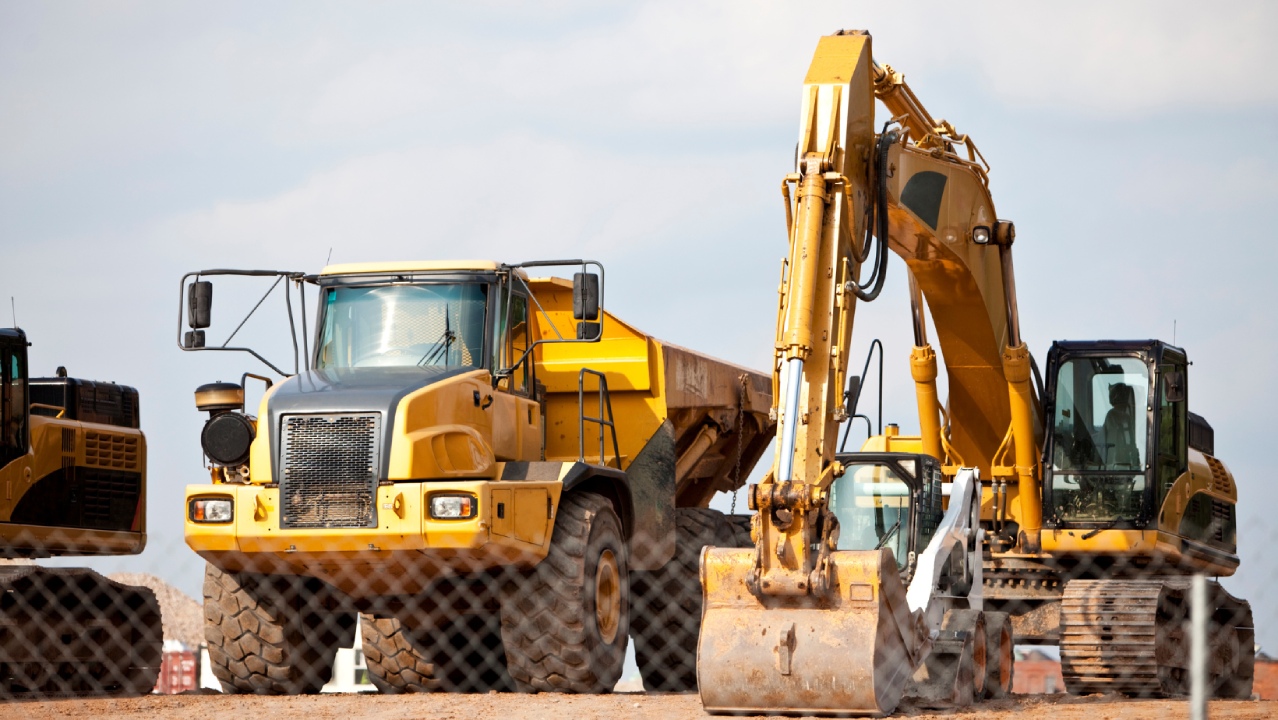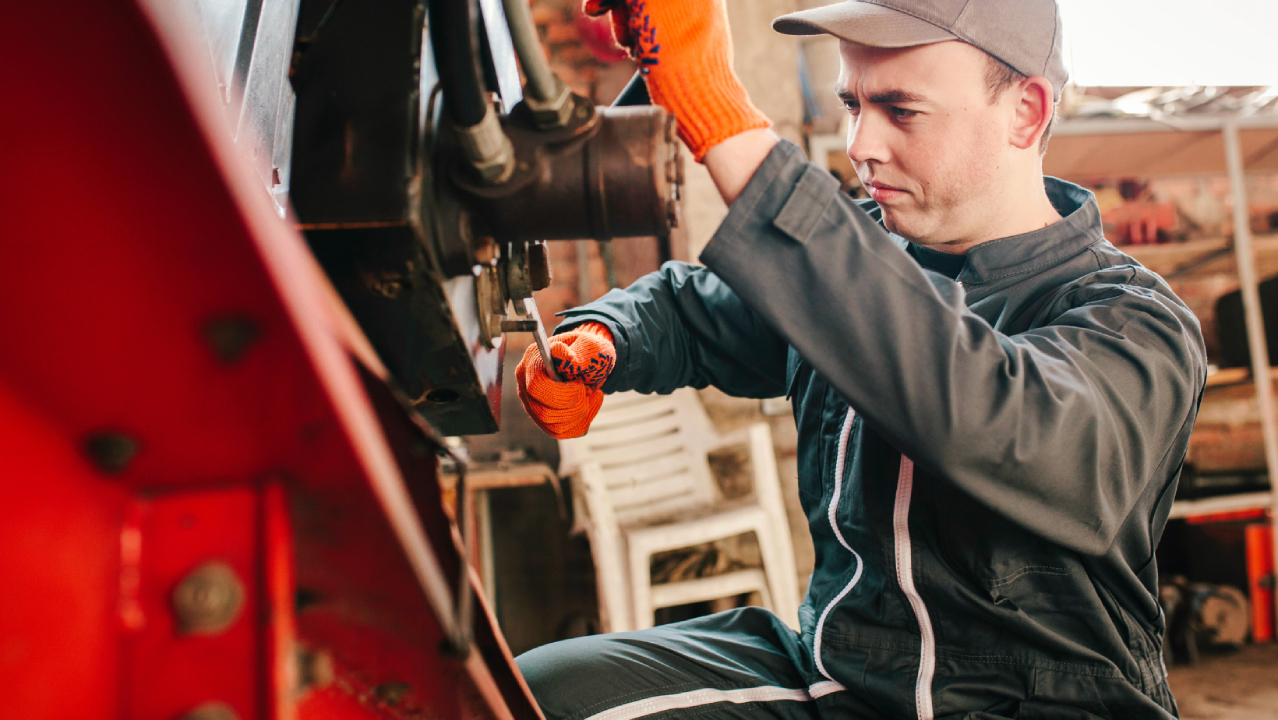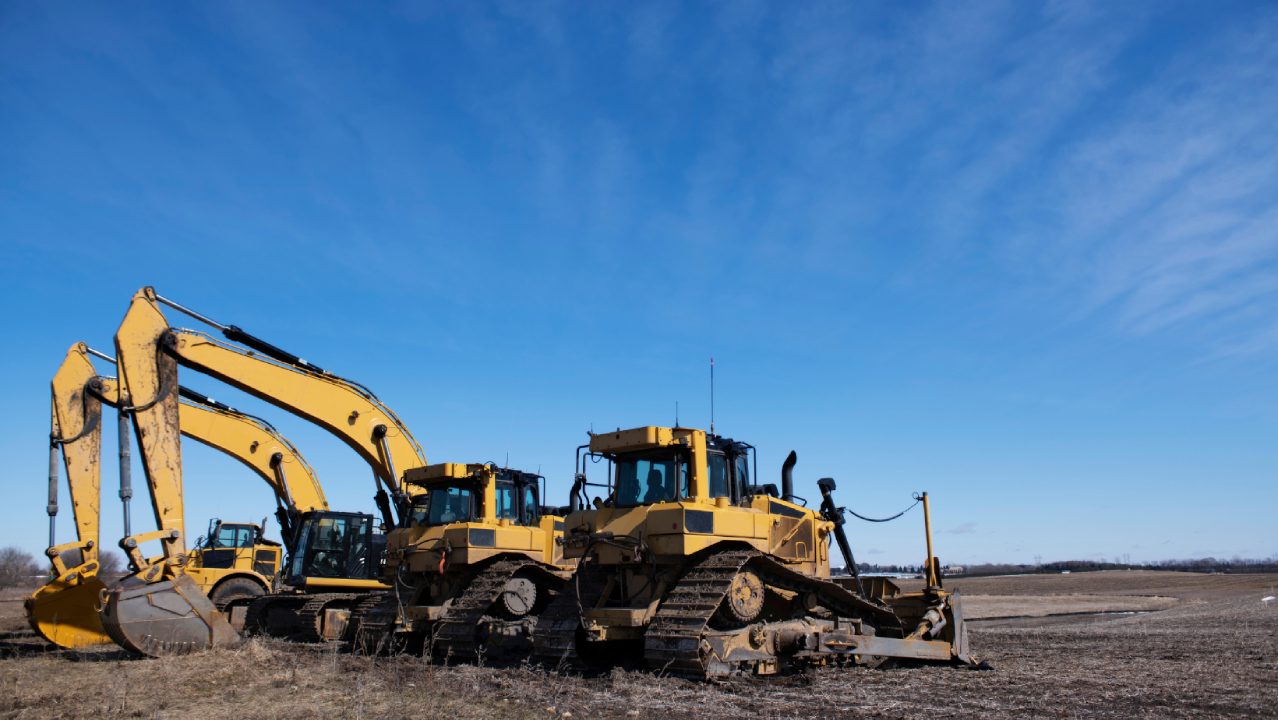1. Buy gas at reputable service stations
Find out if the gas you buy is filtered at the pump and if the station has a policy about changing the pump filters regularly. If you get a song and dance, find another gas station. Some stations don’t have pump filters, making you more vulnerable to dirty gasoline. Other stations may not mix alcohol and fuel properly — or worse, water down their product. Find a station you trust and stick to it.
2. Avoid filling up your tank if you see the tanker
If you happen to see a gasoline tanker filling the tanks at your local gas station, come back another day or go to a different station. As the station’s underground tanks are being filled, the turbulence can stir up sediment. Sediment in your gas can clog fuel filters and fuel injectors, causing poor performance and possibly necessitating repairs.
3. Lighten up your key chain
Does your car key share a chain with a dozen or more other keys? That’s a pretty heavy load hanging off the car key when it’s in the ignition. The weight, combined with bouncing while you drive, can wear out the tumblers inside the ignition and eventually lead to ignition switch failure. To add years of service to your ignition switch, purchase a lightweight key chain that allows you to separate your ignition key from the others. Drive with only the ignition key in your ignition. If your ignition key “sticks” when you try to turn on the car, it’s a warning that your ignition switch is about to fail. Replace it before you get stranded.
4. Park in the shade
A garage is always the ideal place to park your car; but if one isn’t available, always try to park your car in the shade to minimize interior damage from UV sunlight and heat. If no shade is available or if you find parking under a tree results in bird droppings, use a car shade to minimize the sun’s impact.
5. Preserve door and window seals
Wipe a rubber protectant (such as Armor-All) or silicone on door and window weatherstripping to keep it in good condition. Don’t use an oil based product, such as WD-40, because the oil will damage the rubber. Regular cleaning and treatment of your car’s weatherstripping will also lessen the likelihood of your door sticking to its rubber seal in cold weather, a common cause of damage to the rubber.
6. Fix bad weatherstripping immediately
If your weatherstripping is letting rainwater leak into the interior of your car, take a look at it and decide if you can repair it or if it needs to be replaced. Small leaks can be handled with brush-on seam sealers. Resecure loose sections, not otherwise damaged, with trim adhesive. Torn sections may be repaired with special caulking available at auto parts stores. You may also be able to extend the life of worn-but-intact sections by inserting foam rods, available at automotive stores, into the hollow section of the weatherstripping. If you decide to replace entire sections of gasket, don’t simply buy generic stuff such as you’d use around the house. Buy a product that matches your car’s original weatherstripping — it’s available in a wide variety of profiles from dealerships and automotive mail-order catalogues.
7. Touch up nicks right away
Touch-up paint won’t adhere well to rust. So be sure to keep some matching touch-up paint on hand so you can touch up any minor nicks, often found around door edges, before rust has a chance to form.
8. Use tape as a temporary fix on damaged light covers
A cracked taillight or turn-signal cover, if left alone, may allow your light compartment to fill with water and cause some real damage. A good short-term fix is to tape over the crack. Use the red or orange tape that’s made for this purpose. You can purchase it at many automotive parts stores.
9. Lube your lug nuts
Lug nuts, if not lubricated occasionally, can seize or “freeze” to the studs due to corrosion. Repairing them can be expensive. Having to call a tow truck for a flat you can’t remove is even more expensive. The next time you change or rotate your tires, pick up some anti-seize lubricant at your local auto supply store. Clean the stud threads with a wire brush and wipe them with the lubricant. It’s formulated to prevent the lug nuts (spark plugs, too) from seizing and won’t allow them to loosen as you drive, the way other lubricants might. If a lug nut does freeze to a stud, try spraying the nut and stud with WD-40 or Liquid Wrench. Allow it to penetrate for 10 or 20 minutes. Use a heat gun to apply heat. Then use a ratchet wrench to remove the lug.
10. Seal a leaky radiator
Save the high expense of a new radiator by trying to seal a leak with a radiator sealer, such as Alumaseal from Gold Eagle Co. Available in powder or liquid form, the product circulates in the radiator until it gets to the hole, where it sets up and fills the hole upon contact with the air. Alumaseal may be used to stop heater core leaks as well.
11. Dilute your coolant
Your cooling system needs both coolant- antifreeze and water, so don’t pour undiluted coolant into your cooling system. Dilute it with water to the commonly recommended 50-50 ratio. Similarly, don’t use straight water in your system either. The coolant protects against corrosion and freezing. The water ensures good heat transfer from the coolant to the radiator.
12. Change oil frequently
While the owner’s manuals for today’s cars recommend increasing long intervals between oil changes, the fact remains — frequent changes flush abrasive dirt and metal particles out of the engine, prolonging its life. Most owner’s manuals recommend a more frequent interval for “severe conditions.” To maximize the life of your engine, follow the severe intervals recommendations, especially if drive regularly in stop-and-go traffic.
13. Check power-steering fluid
Check the power-steering fluid once a month with the car warmed up. If the level is low, have the hoses and pump inspected for leaks. In addition to making your car difficult to steer, low power-steering fluid will damage the power-steering pump. Be sure to use the powersteering fluid recommended for you car.
14. Care for anti-lock brakes
An anti-lock brake system is sensitive to moisture, which can ruin the expensive ABS pump and rot the brake lines from the inside. Since brake fluid attracts moisture, it should be “bled” or purged at least every three years, or as specified in your owner’s manual.
15. Check wheel alignment
Have your car’s wheel alignment checked every 30,000 miles (48,000 km), or as recommended in your owner’s manual. Also have it checked after buying new tires and when you replace a rack-and-pinion steering unit or other steering parts. Improper tire alignment will shorten the life of your tires as well as cause poor handling. If your steering is stiffer than normal or the vehicle pulls to one side, you probably have an alignment problem.







